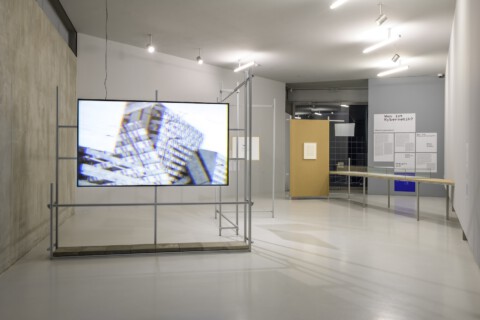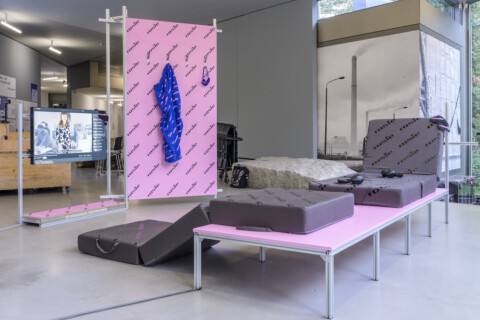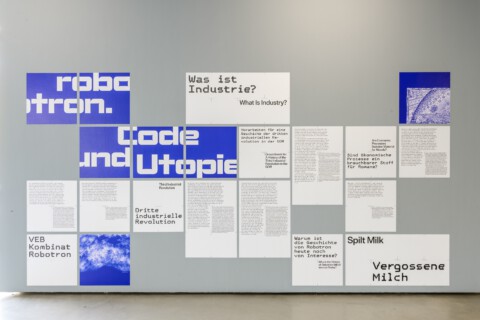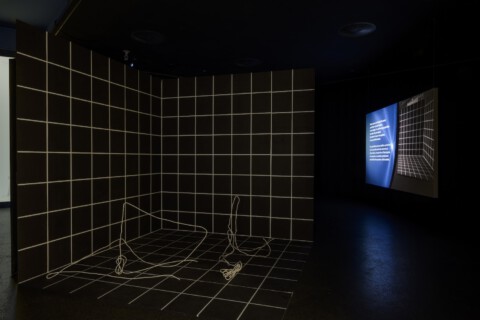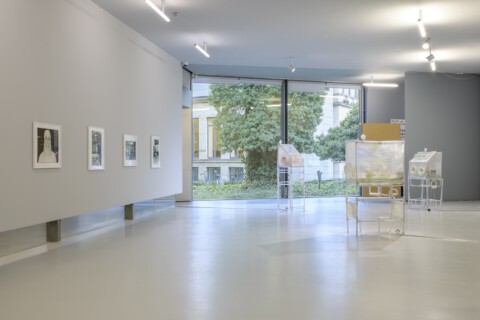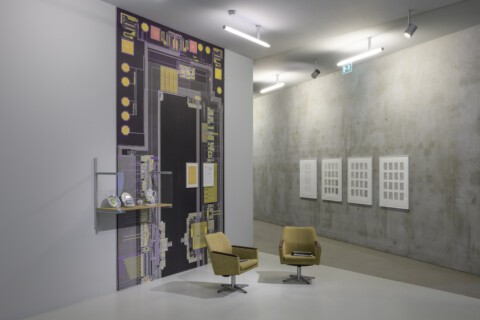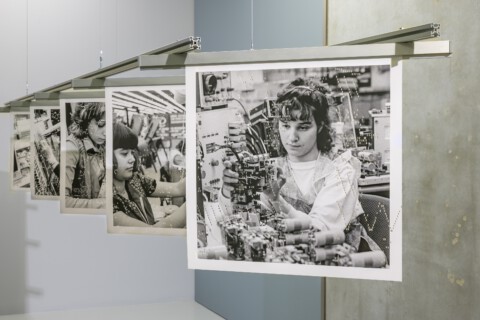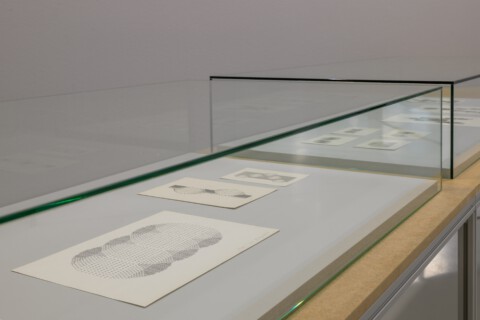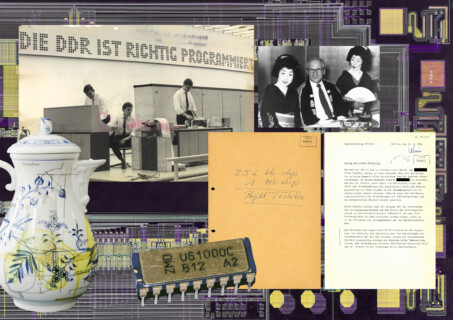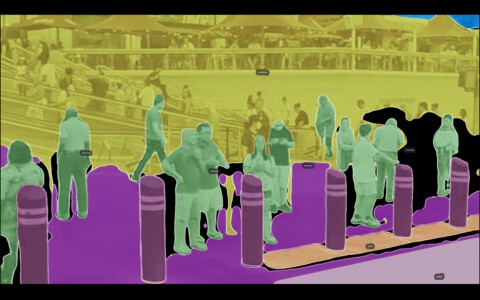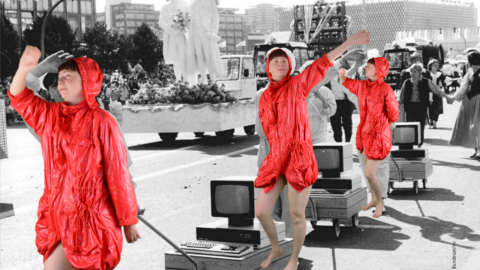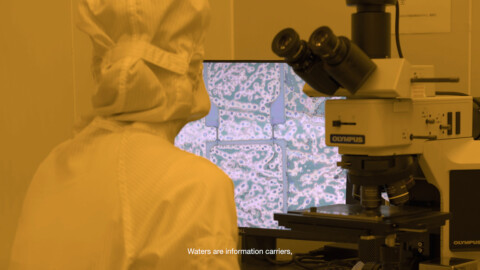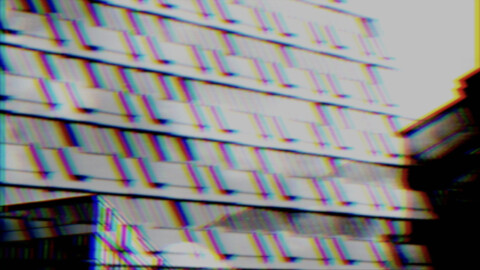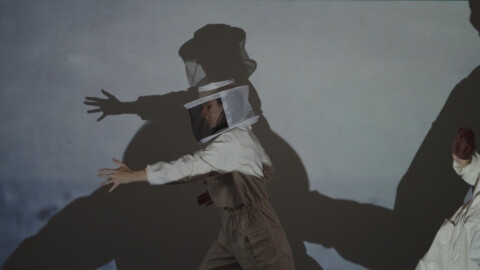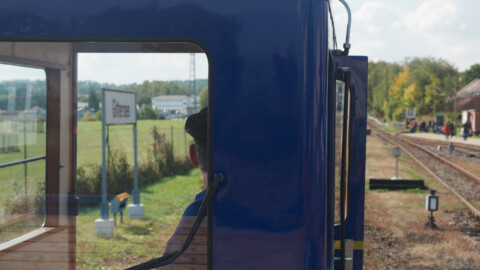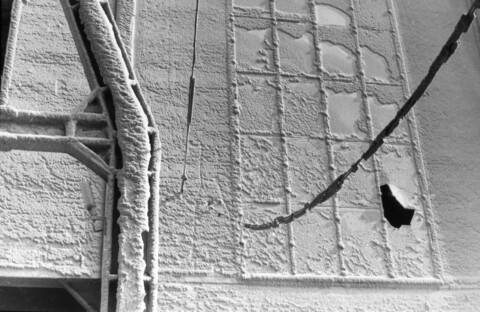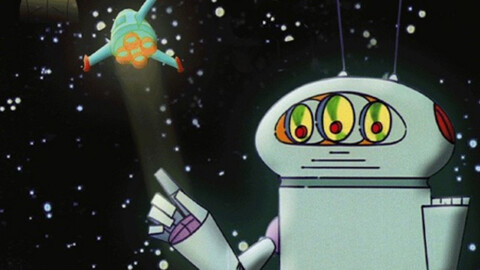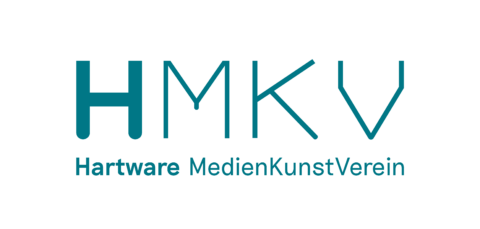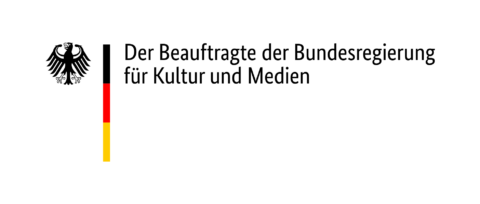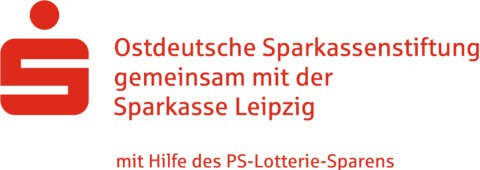Der Siegeszug von Computern und Mikroelektronik seit den 1960er Jahren wird oft als „dritte industrielle Revolution“ bezeichnet. In der DDR stand vor allem der Name Robotron für die neue, alle Bereiche der Wirtschaft verändernde Technologie. Im Rückblick auf die Geschichte des Kombinats verdichten sich die technischen Möglichkeiten und die daran geknüpften gesellschaftlichen Hoffnungen, aber auch die politischen und ökonomischen Widersprüche, die schließlich zum Scheitern der DDR führten.
Mit Werken von über 20 Künstler*innen nimmt die Ausstellung die Entwicklungen in der Industrielandschaft des ostdeutschen Staates in den Blick. Es geht um Kybernetik und Bürokratie, Spionage und „Reverse Engineering“, das Glücksversprechen der Automatisierung und die Arbeit im „real existierenden Sozialismus“, um Reinräume und Umweltzerstörung, den Verfall einst wichtiger Produktionsstätten und die Re-Industrialisierung im Großraum Dresden als „Silicon Saxony“. Die Fotografien, filmischen Erzählungen, Installationen und grafischen Arbeiten, die zum Teil in der DDR entstanden sind, zeigen die vielfältigen intellektuellen und ästhetischen Impulse, die bis heute von dieser Episode ausgehen.
Im Ausstellungsraum entfaltet sich ein Essay entlang von Fragen, die die Geschichte von Robotron betreffen, aber auch für ein Verständnis der technologisch geprägten Gegenwart relevant sind. Er beleuchtet Zusammenhänge von Geopolitik und Weltmarkt, die krisenhafte Produktion nach Plan in der DDR und die Rolle eines internationalen Wirtschaftsembargos. Dabei stellt er gängige Vorstellungen infrage, die sich in der Erzählung einer „sozialistischen“ Vergangenheit festgesetzt haben.
Die Ausstellung ist unter dem Titel Robotron. Arbeiterklasse und Intelligenz vom 14.3– 26.7.26 im HMKV in Dortmund zu sehen. Im Februar 2026 erscheint eine die Ausstellung begleitende Publikation bei Spector Books.
